3D Virtual Treatment Planning of Orthognathic Surgery
563 1563
“3D Virtual Treatment Planning: OR” Template
3D Virtual Planning of Orthognathic Surgery. Swennen GRJ. © Springer 2016
Addendum Template. Prof. Gwen Swennen and Dr. Martin Gaboury, Maxillofacial and Facial Plastic Surgery.
Maxillary osteotomy
Le Fort: I II III
One-piece
Segmental:
Pieces:.........................
Interdental:....................
Advancement: ..........................
Set-back : .................................
Midline: ...................... R L
Midline after Le Fort I: ...............
Vertical: (®)
“Yaw” correction: ......................
Other: ....................................
Mandibular osteotomy
SSO R L
Inverted-L R L
VRO R L
Advancement: R ......... L .........
Set-back: R ......... L .........
CW “Pitch” rotation
CCW “Pitch” rotation
Midline split
IAN course: R ......... L .........
Midline after BSSO: ..................
Other: ....................................
Chin osteotomy
Advancement: ...........................
Set-back: .................................
Midline: ...................... R L
Intrusion:
Anterior: ....................
Posterior: R ..... L .....
Extrusion:
Anterior:...................
Posterior: R ..... L......
“Shield” osteotomy
“Chin wing” osteotomy
Mental Foramen level:
Symmetric
Asymmetric
Other: .....................................
Planning Requirements
Maxilla first
Mandible first
Minimally Invasive Le Fort I
IO-CBCT
Kobayashi wires: ......................
Skeletal anchorage: ..................
Orthodontic buttons: .................
Occlusal grinding:......................
Other: ....................................
16 13 11 23 26
“Roll” correction: CW CCW
Miscellaneous
Para-nasal cross sutures
Alar cinch
Septoplasty
Inferior turbinectomy
ANS: Shortening Midline
Nasal base plasty R L
Lateral nasal wall plasty R L
Bone graft(s): ...........................
Extraction(s): ............................
Other: .....................................
Adjuvant Cosmetic Procedures
Bichatectomy R L
Zygoma osteotomies R L
Infraorbital Foramen level:
Symmetric
Asymmetric
Otoplasty: R L
Rhinoplasty: .............................
Browlift: ..................................
Blepharoplasty: .........................
Upper Lower
Facelift: ..............................
Necklift: ..................................
Liposuction: ..............................
Lipofilling: ................................
Other: .....................................
Addendum Templates
564
Additive Manufacturing A group of production tech-
nologies to manufacture a 3D object by adding material
(in contrast with milling, where material is being removed
gradually). The process typically adds material layer by
layer by a chemical reaction or sintering (also called rapid
prototyping technology in the past).
Augmented Model (AUM) The patient’s “surface-
rendered” hard and/or soft tissue representations of
the head, respectively, enhanced with detailed dental
surfaces and/or texture and colour from other 3D image
datasets.
Augmented Virtual Reality An innovative technology
allowing co-registration of data from the real environ-
ment with virtual information, creating a hybrid world
which is simultaneously visualised on a stereoscopic
video display.
Euclidian Distance The straight-line distance between
two points, defined as the square root of the sum of the
squares of the differences between the corresponding
coordinates of the points.
d p q p q p q p q,( ) = -( ) + -( ) + -( )1 1
2
2 2
2
3 3
2
Field of View (FOV) The scanned volume of the image
dataset. In CT imaging the FOV is typically adjustable
according to the area of interest; however for some CBCT
apparatus, the FOV is fixed.
Iterative Closest Point (ICP) Algorithm The iterative
closest point algorithm aligns two surfaces by minimising
the root mean square (RMS) of the distances between the
point clouds of the two surfaces.
Image Fusion The process of fusing data from two or
more image datasets that were aligned using “Image
Registration”.
Image Registration The process of geometrically align-
ing image data from two or more image acquisitions.
Image Segmentation The process of partitioning a
digital image into multiple data segments, for example,
by thresholding.
Natural Head Position (NHP) The head orientation of
the patient in a standing position with relaxed body and
head posture looking at a distant point at eye level, per-
ceived by the clinician based on general experience.
Clinical Natural Head Position (c-NHP) Natural head
position of the subject, as recorded during the clinical
examination.
Virtual Natural Head Position (v-NHP) Virtual modifica-
tion of the scanned head position of the patient towards
its c-NHP, which is defined by the clinician.
Pitch Rotational movement around the “x-axis” in the
profile plane that can be performed CW or CCW.
Planning Head Position (PHP) At the onset of 3D virtual
treatment planning, the v-NHP is set as the PHP of the
patient, which defines the 3D PHP coordinate (Cartesian)
reference frame.
Rendering The process of generating an image from a
2D or 3D dataset by visualisation algorithms.
Rigid Registration An algorithm that searches a rotation
and translation which geometrically aligns the datasets.
Different types of rigid registration exist: point-based,
surface-based, voxel-based and surface to image (STI)
registration.
Roll Rotational movement around the “z-axis” in the
frontal plane that can be performed CW or CCW.
Stereolithography The process of making a 3D object,
in which a computer-controlled moving laser beam is
used to build up the required structure, layer by layer,
from a liquid monomer that polymerises with laser light.
Surface Rendering The process of generating a view of
a surface from a specific direction with specific lighting
conditions. In medical visualisation of anatomical objects,
this surface is typically generated by segmentation out of
3D image data (grey values).
Thresholding The process of defining a boundary
between pixels or voxels with a value higher and lower
than the threshold. When a 3D grey value image is
segmented with thresholding, an isovalue surface is
obtained, while with a 2D image, a contour is obtained.
Volume of Interest (VOI) An area or volume of particular
interest to be imaged during the acquisition procedure or
to be further analysed.
Volume Rendering A method to visualise a 3D image
volume consisting of voxels by assigning to each voxel a
colour and opacity and to further enhance the visualisa-
tion based on the variations in the image volume.
Yaw Rotational movement around the “y-axis” in the base
or frontal plane that can be performed CW or CCW, but
sometimes more simply described to the right or to the
left






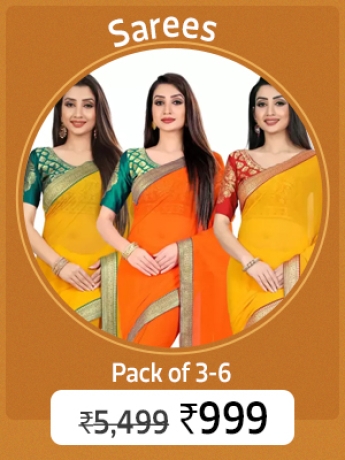
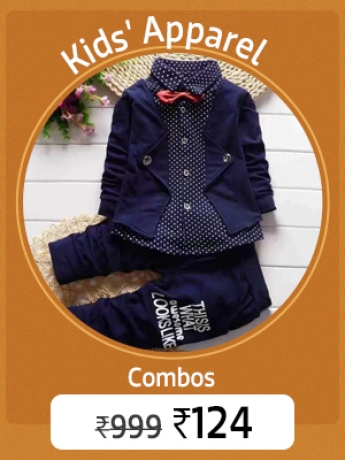





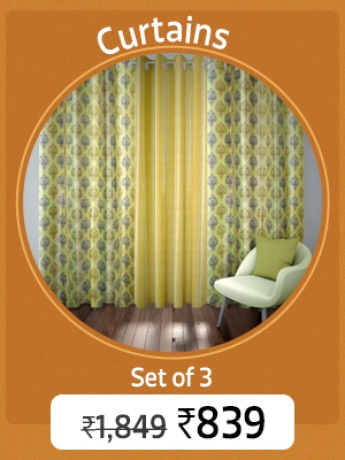


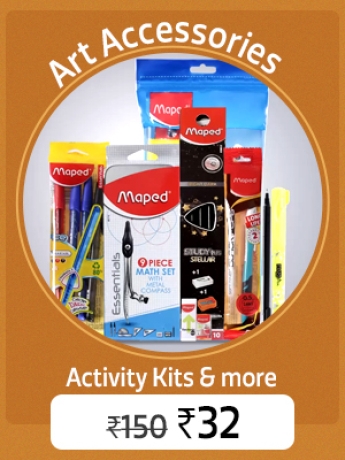
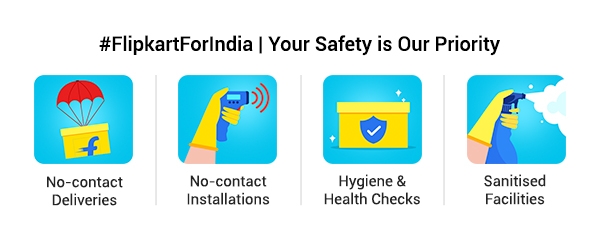



Comments
Post a Comment